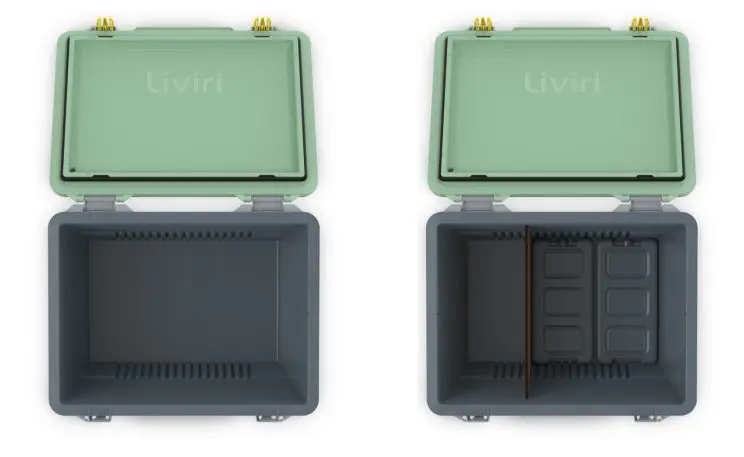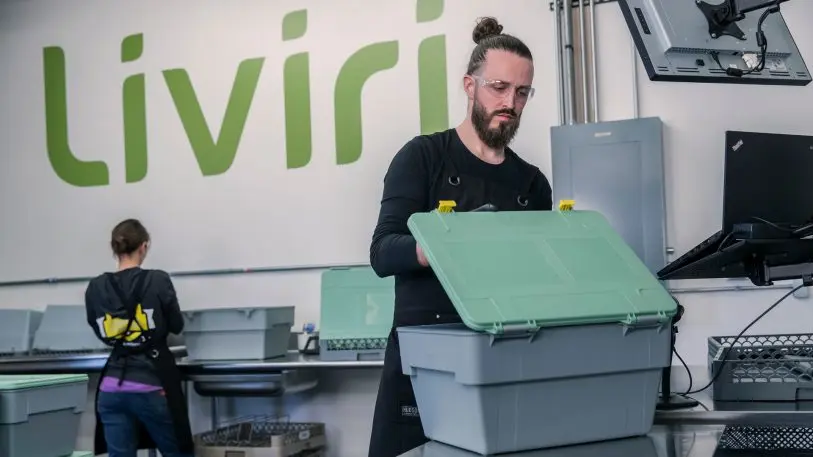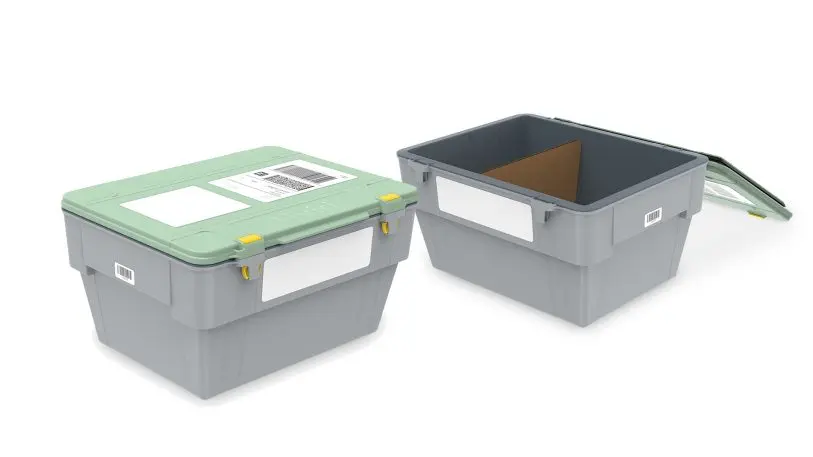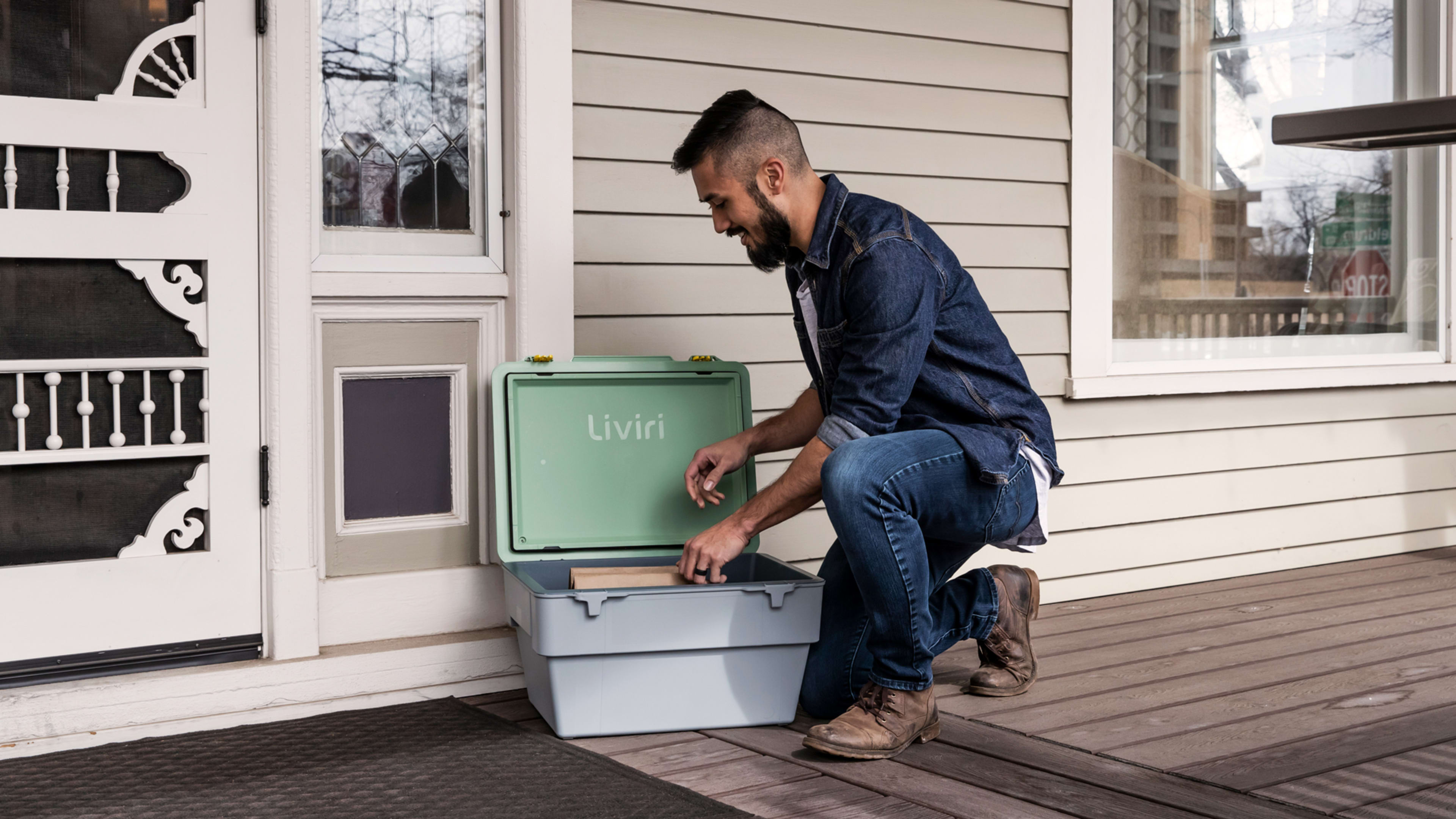Meal kits are notorious for their packaging problem: A typical delivery might come with insulation, gel-filled icepacks, and tiny containers or bags holding individual ingredients–like a few leaves of basil or a few spoonfuls of sauce–all inside a cardboard box.
A new brand is trying to start addressing the issue by using a reusable shipping container. After delivery, the container goes back to a meal kit company to be cleaned, refilled, and sent to someone else in a cycle that can repeat up to 75 times. The insulation is built into the package, and reusable ice packs can also be sent back instead of being thrown away.

Right now, a major challenge for meal kit companies is keeping the food cool. If a box sits on a porch longer than usual, the food may thaw too much to be safe to eat and end up in the trash. In a 2017 study, researchers who tested ordering meal kits found that nearly half arrived at temperatures above 40 degrees, making the food unsafe. (In some cases, consumers may not even realize that there’s a problem.) The new box uses vacuum insulated panels, something that is more often used in high-tech or medical shipments, which keeps the food inside in a safe temperature range longer and makes it possible to use fewer ice packs or less dry ice.

“Food arriving at the right temperature is part of the end user experience that’s so important–they’re paying a premium to get premium food delivered to their home, and when it arrives with the chicken floppy and the meat thoroughly thawed, they’re going to start wondering, is this safe for me? Why did I pay a premium?” says Kyle Fanning, a product line manager at Otter Products. Customers may return the food or decide to cancel the service.
The biggest problem for meal kit companies is retaining customers; within six to 12 months, Parke says, 96% of customers have stopped ordering. The plethora of packaging waste that comes with the service is another part of the problem. “We’ve got good consumer research that shows that [waste] is actually a limiting factor in people’s willingness to engage, and to continue on after they started a subscription meal service,” he says.

The packaging costs more upfront than a cardboard box and disposable ice packs and insulation, though as it’s reused, there should be cost savings, he says. “The bigger economic benefit, though, doesn’t even have to do with the packaging. It’s the fact that they’re not having to spend so much money marketing to new consumers because they’re able to retain the consumers that they have with a much more satisfying user experience.”

The company started testing an early version of the boxes last summer, and is now ready to begin supplying customers, from meal kit companies to those that ship mail-order meat. In some cases, companies may buy the boxes and handle logistics themselves, but Liviri is also working with partners on the process of collecting and cleaning the boxes. Delivery companies may be able to pick up the empty packages when making a new delivery, saving a trip. The system could eventually also allow companies to use reusable packaging for the food itself–perhaps in a similar way to a new reusable packaging platform that major brands are testing for products like shampoo or ice cream.

The boxes could be redesigned for use with other e-commerce, Parke says. “Reusable is one of the keys to the future,” he says. “We all have to be looking at how we can move in and push packaging more in that direction. You’ve seen a number of initiatives through various companies. Amazon has certainly put a lot of effort into that. But I can tell you I still have a lot of boxes in my garage at the end of every week. And trying to find a way to eliminate that problem is a big motivator for us.”
Recognize your brand’s excellence by applying to this year’s Brands That Matter Awards before the early-rate deadline, May 3.
